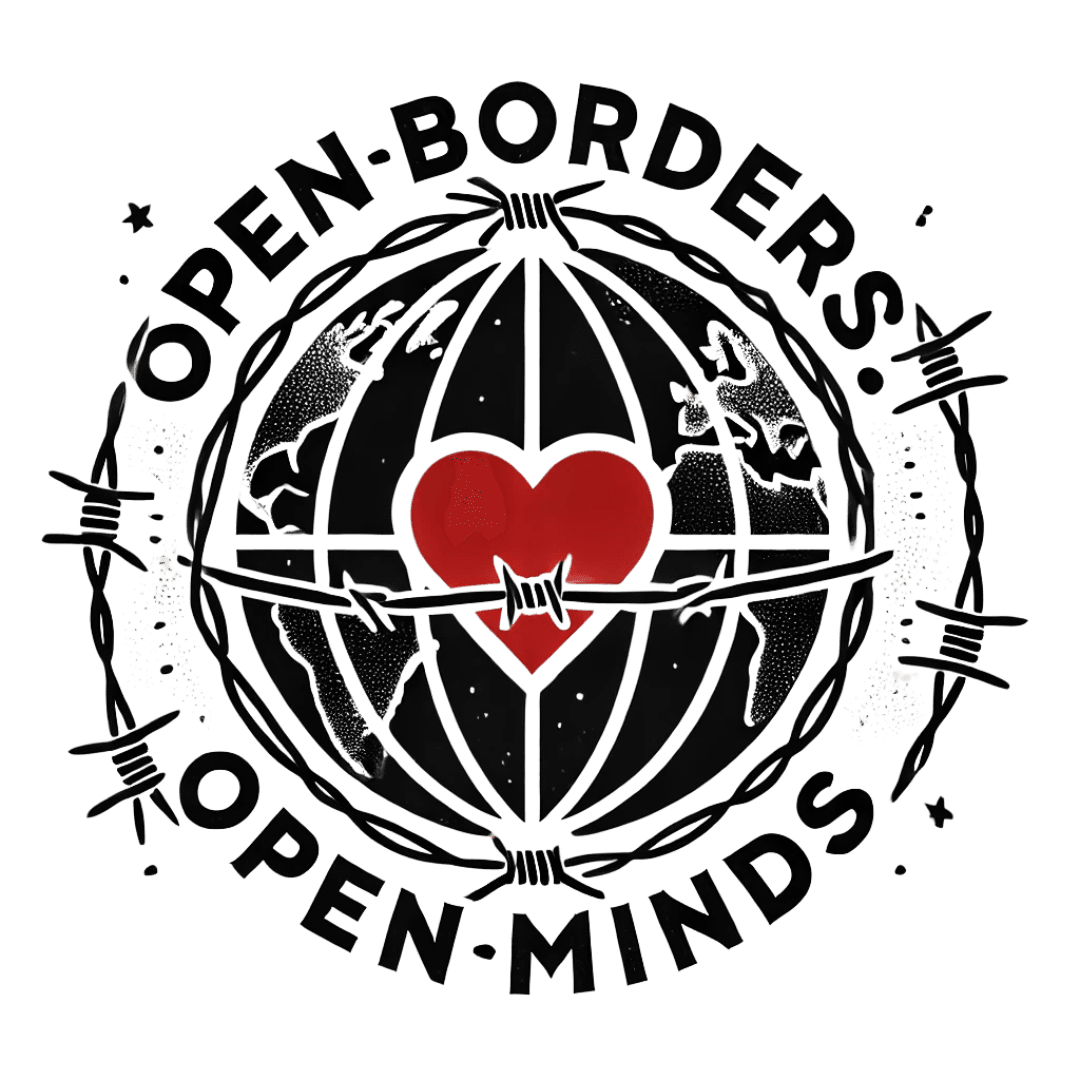Current Trends in Immigration Policy: Insights from Experts
Overview of Current Immigration Trends
In recent years, immigration policy has become a pivotal topic worldwide, influencing political debates and shaping national identities. This dynamic field is continually evolving due to economic shifts, demographic changes, and geopolitical tensions. As experts delve into these developments, they offer insights into how current trends may transform future immigration landscapes.

Impact of Economic Factors on Immigration
Economic conditions are a primary driver of immigration patterns. Nations with robust economies attract skilled workers seeking better opportunities, while countries facing economic downturns may witness an exodus of talent. Experts note that in today's globalized world, economic policies and trade agreements significantly impact migration flows.
Moreover, labor shortages in certain sectors have led to targeted immigration policies aimed at attracting specific skill sets. For instance, technology-driven economies are increasingly welcoming IT professionals, data scientists, and engineers to sustain growth and innovation.
Remittances as a Key Factor
Remittances sent by immigrants to their home countries play a crucial role in global economies. These financial transfers not only support families but also contribute to economic stability in developing nations. Policymakers are paying attention to the implications of remittance flows on both sending and receiving countries.

Demographic Shifts and Immigration
Demographic changes, such as aging populations in developed countries, are influencing immigration policies. Nations facing declining birth rates are increasingly relying on immigrants to fill workforce gaps and support social welfare systems. This demographic imperative is prompting a reevaluation of immigration quotas and family reunification programs.
Experts emphasize the need for comprehensive strategies that balance demographic needs with social integration efforts. Successful immigration policies are those that not only address labor market demands but also foster inclusive societies.
Challenges of Social Integration
As immigration numbers rise, the focus on social integration becomes more pronounced. Societies are grappling with how to effectively integrate newcomers without compromising cultural identities. Educational programs, language courses, and community engagement initiatives are critical components of successful integration policies.

Geopolitical Influences on Immigration Policy
Geopolitical factors continue to shape immigration policies across the globe. Conflicts, political instability, and climate change are driving forced migrations and creating challenges for host countries. Experts argue that international cooperation is essential to address these complex issues effectively.
In response, many countries are revising their asylum and refugee policies to better accommodate displaced individuals while maintaining security and order. These efforts highlight the delicate balance between humanitarian obligations and national interests.
The Future of Immigration Policy
Looking ahead, experts predict that technology will play an increasingly significant role in shaping immigration policy. From digital visa applications to AI-driven border security measures, technological advancements promise to streamline processes and enhance efficiency.
Furthermore, there is a growing recognition of the need for flexible immigration frameworks that can adapt to changing circumstances. As nations navigate these challenges, collaboration between governments, international organizations, and communities will be crucial in crafting sustainable immigration policies for the future.
